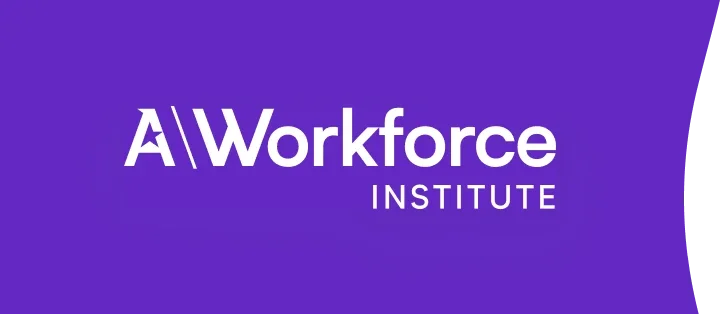Belonging levers: Actions to drive belonging at work
Part two of The Belonging Blueprint
Updated on November 21, 2023

This resource is brought to you by:
Topics Covered:
Belonging and DEI
Culture and Consistent Recognition
Rewards and recognition
What if belonging at work could be the key to unlocking higher performance, better retention, and increased well-being?
In Belonging levers, part two of our Belonging Blueprint Report, we reveal the powerful yet often overlooked drivers of belonging. This isn’t just theory — it’s a practical toolkit packed with data-driven strategies to help HR and people leaders create real, lasting change.
Ready to learn how small actions can lead to big results?
Unlock the belonging levers that shape workplaces
The path to fostering belonging at work can feel overwhelming, but knowing where to start can make all the difference. In Belonging levers, we dive into the actionable belonging pillars that drive real, measurable results.

Access actionable toolkits that show organizations, managers, and individuals how to drive change and strengthen each belonging pillar.
What drives belonging at work?
In Belonging levers, we uncover the key drivers that can transform your workplace culture and boost employee engagement, retention, and performance. From benefits to recognition and feedback, these insights will help you take actionable steps to foster a deeper sense of belonging across your organization.
Gain valuable insights on:
- How unlimited vacation and unique benefits directly impact belonging
- The power of frequent, meaningful recognition — and how to make it happen
- Simple, effective feedback loops that turn insights into action
- Why manager effectiveness is a game-changer for belonging
- How aligning company culture with values drives resilience and engagement
Don’t let belonging be an afterthought — make it a driving force behind your organization’s success. Unlock powerful belonging levers and gain the tools and insights needed to transform your workplace culture and drive lasting change.
Download Belonging levers today to access actionable insights and strategies designed to deliver measurable results.

Join our mailing list
Stay up to date with the latest in workforce science from Achievers Workforce Institute.